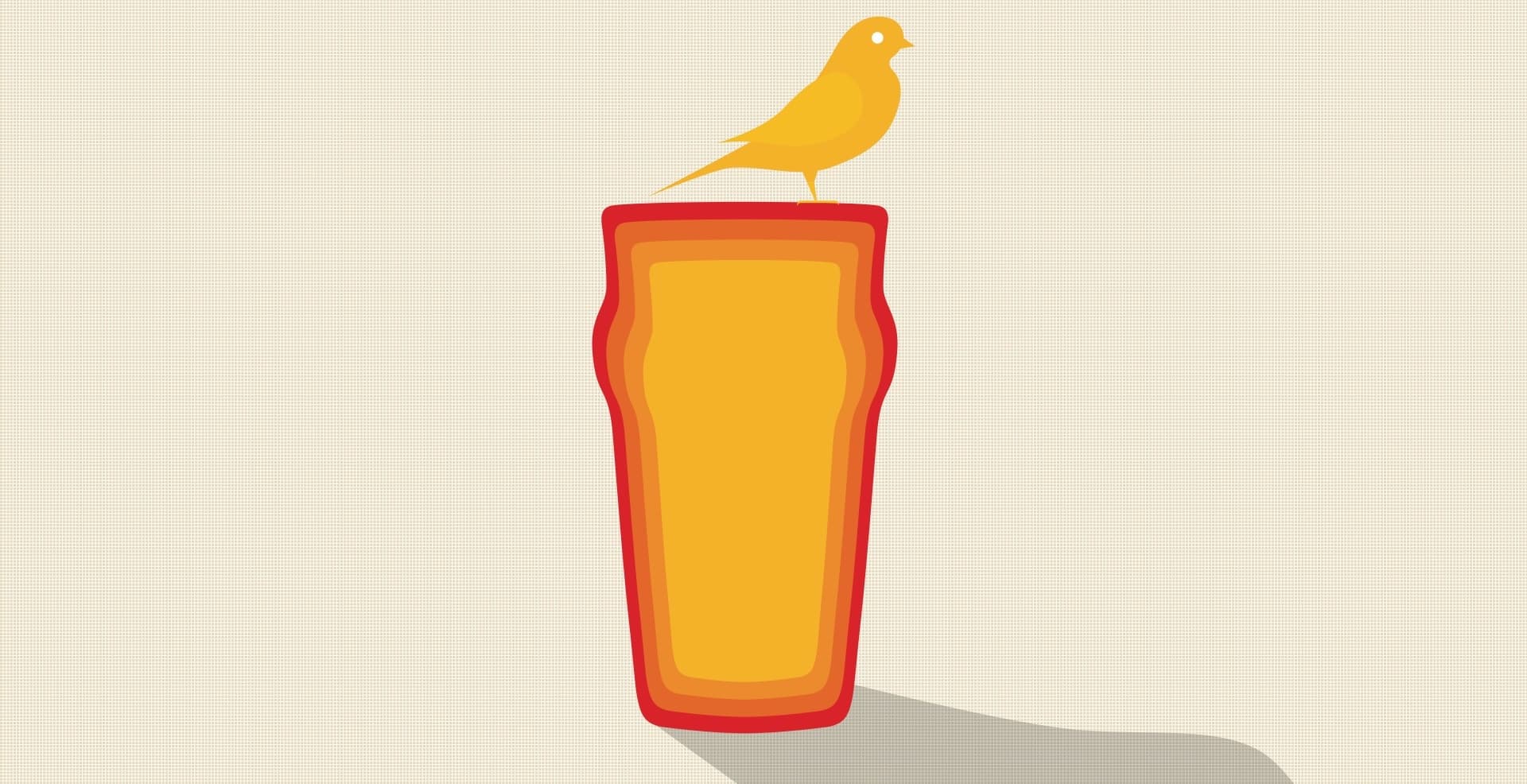
Council Brewing: Learning from Closure
Sarah Howat examines one Southern California brewery’s closing and what it could mean for the larger craft-beer industry.
Showing 641-660 of 826 articles

Sarah Howat examines one Southern California brewery’s closing and what it could mean for the larger craft-beer industry.
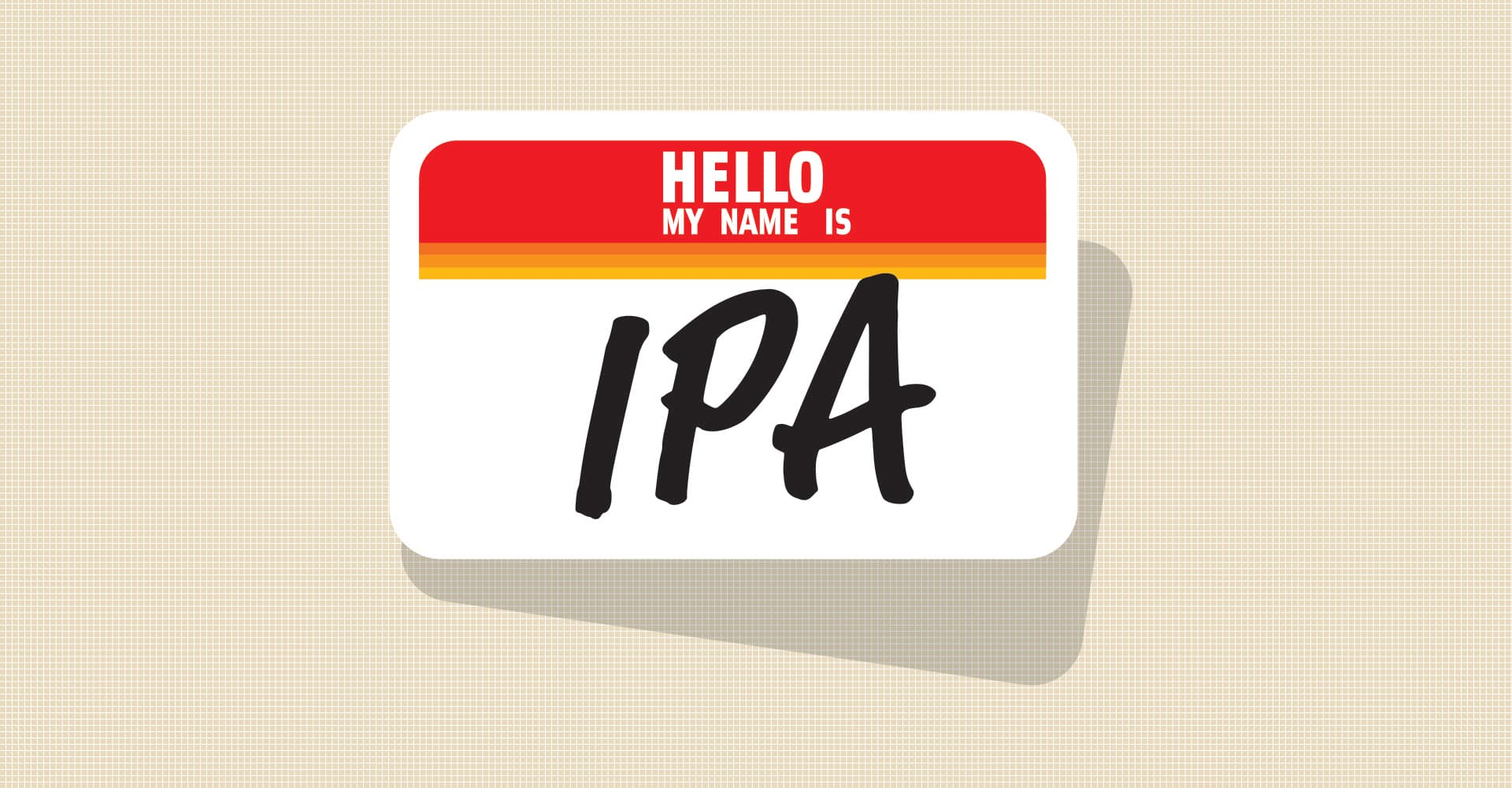
Brian R. Iverson and Matthew D. Zapadka cover the ins and outs of trademarks and brand protection for craft breweries.
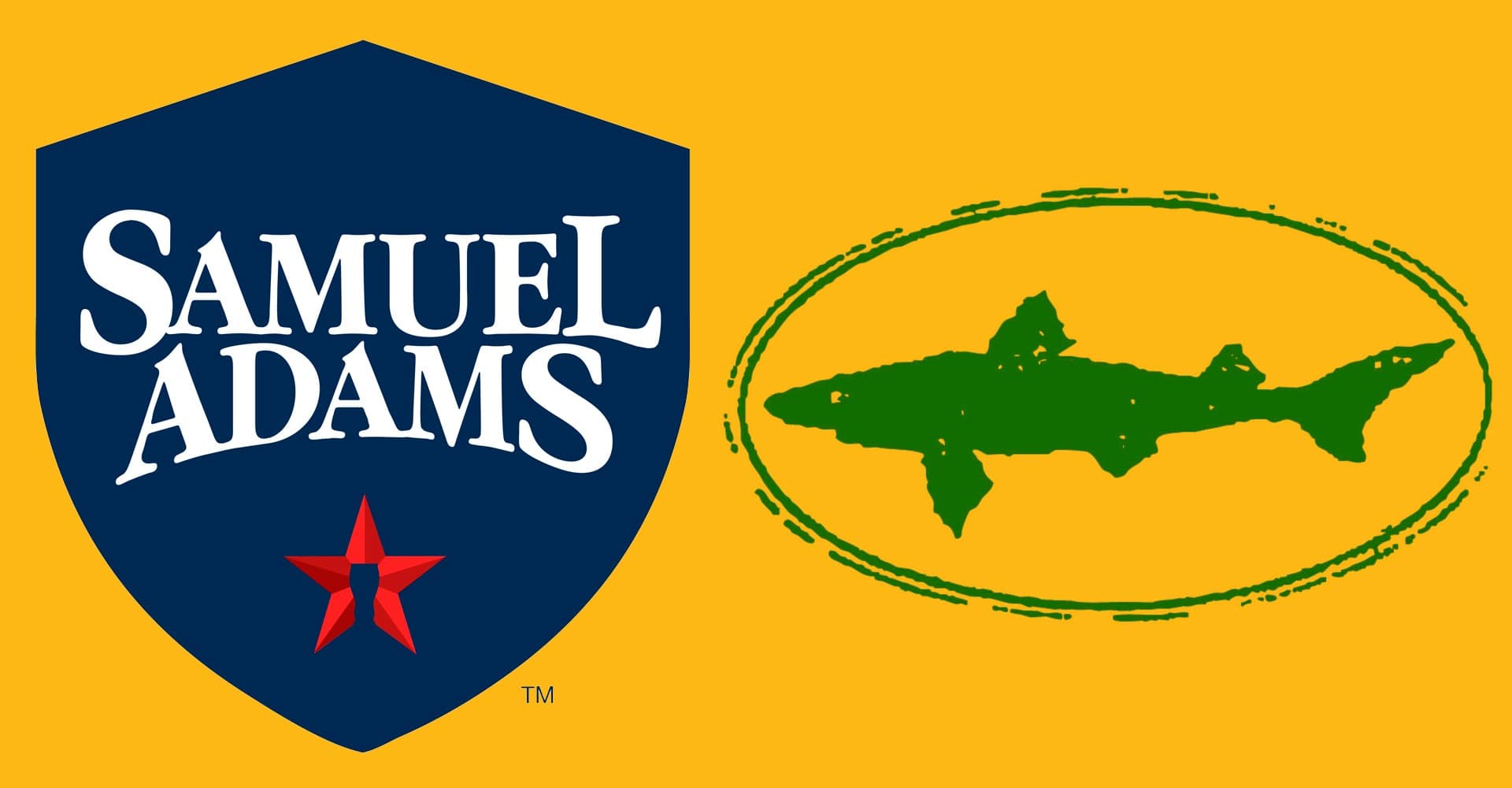
The cash and stock transaction, valued at approximately $300 million, combines two award-winning craft beer pioneers with unrivaled brewing expertise and portfolios of leading beer and “beyond beer” brands.
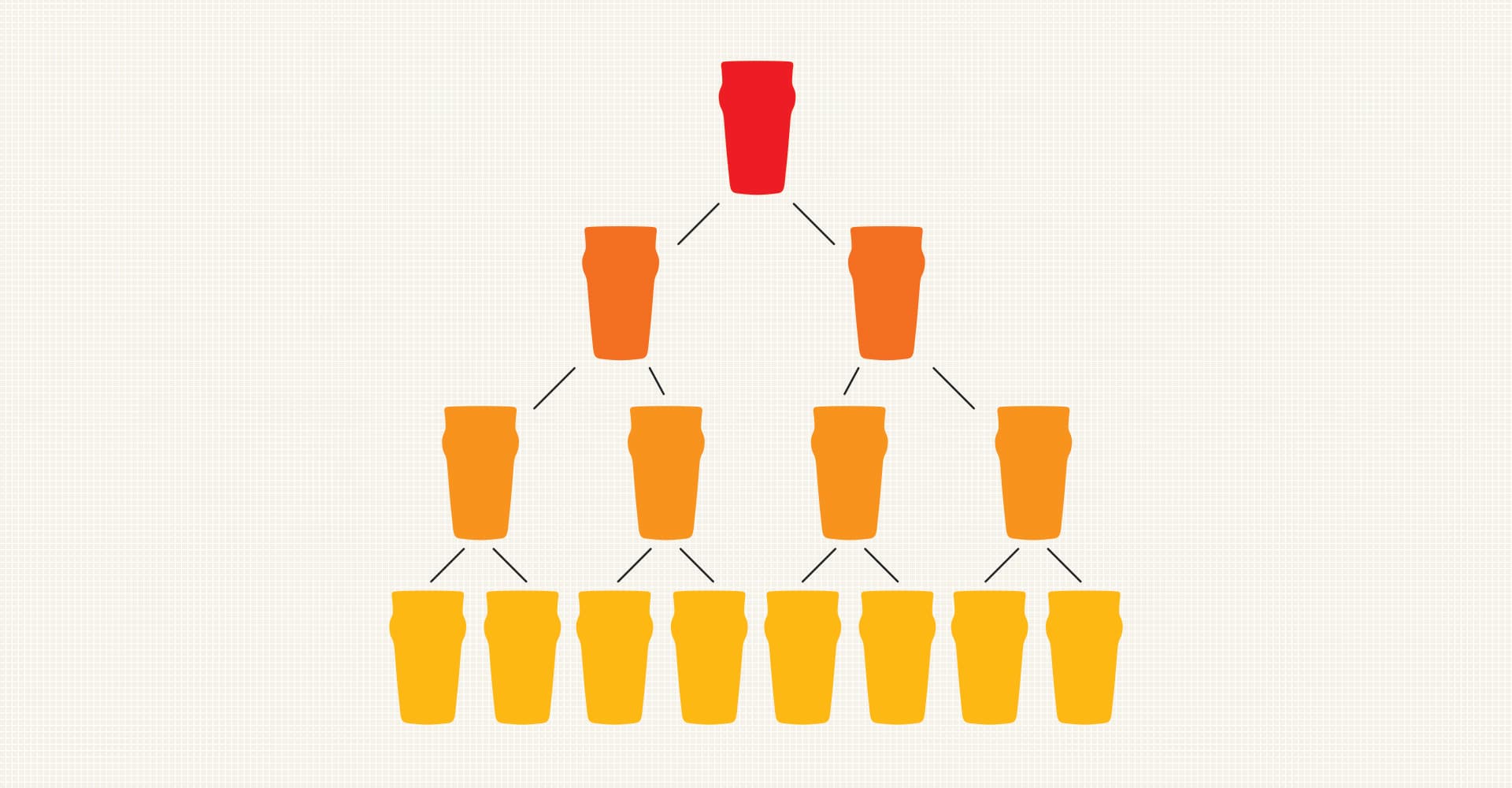
If constant change is the new normal, brewers must learn to continuously flex and adapt by developing fine-tuned abilities to sense, shape, and respond to each key consumer trend and market development.
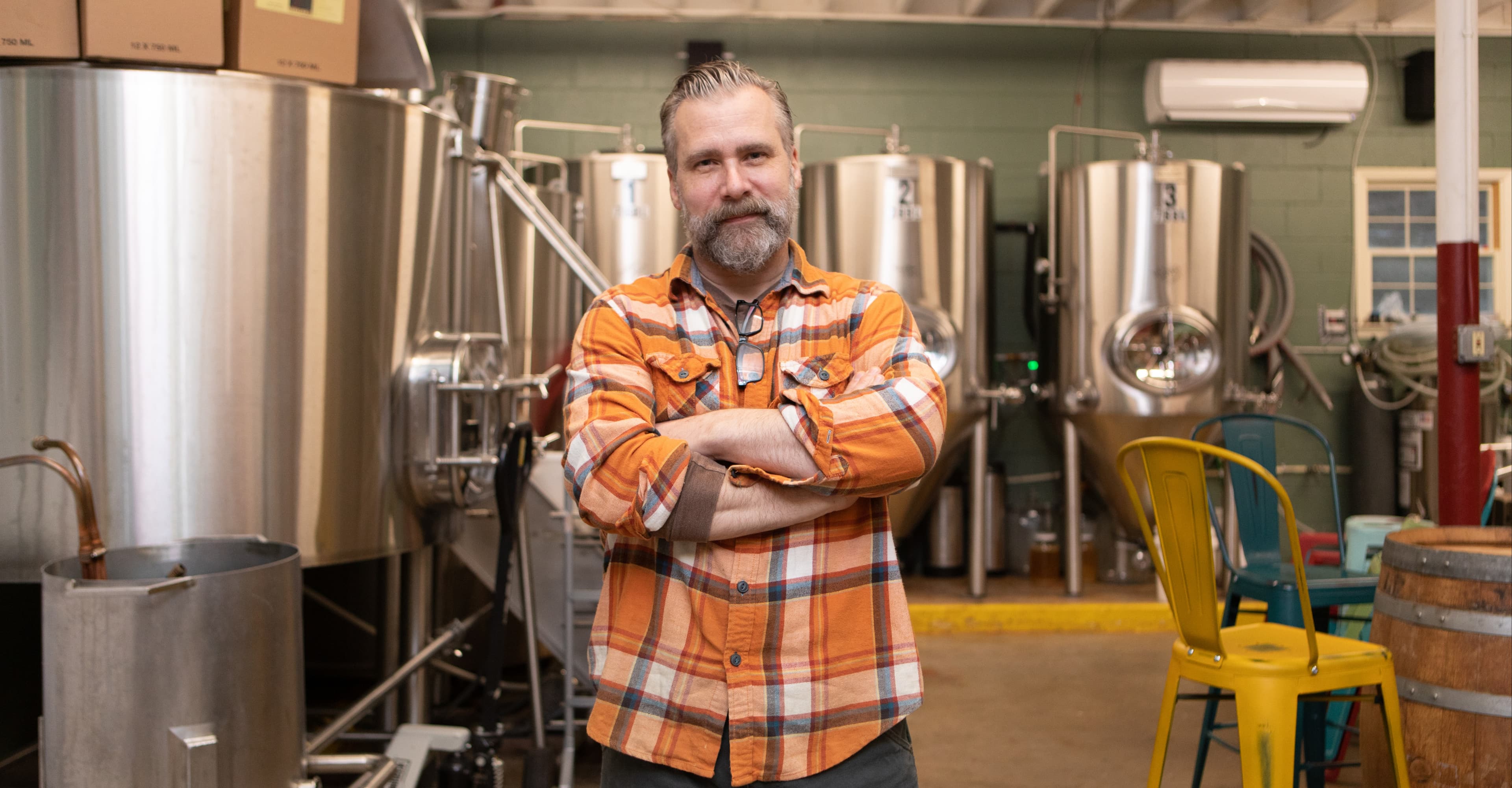
In Asheville, where creativity is praised and there’s no shortage of IPA, Zebulon Artisan Ales is certainly alone and dancing to its own beat. From riffs on historical styles to how it serves beer, this small brewery isn’t what people expect.

Seventh Son Brewing Co. in Ohio built a strong reputation on traditional recipes. When it came time to embrace the new, currently in-fashion styles, they opened a second location—in a former antiques shop.
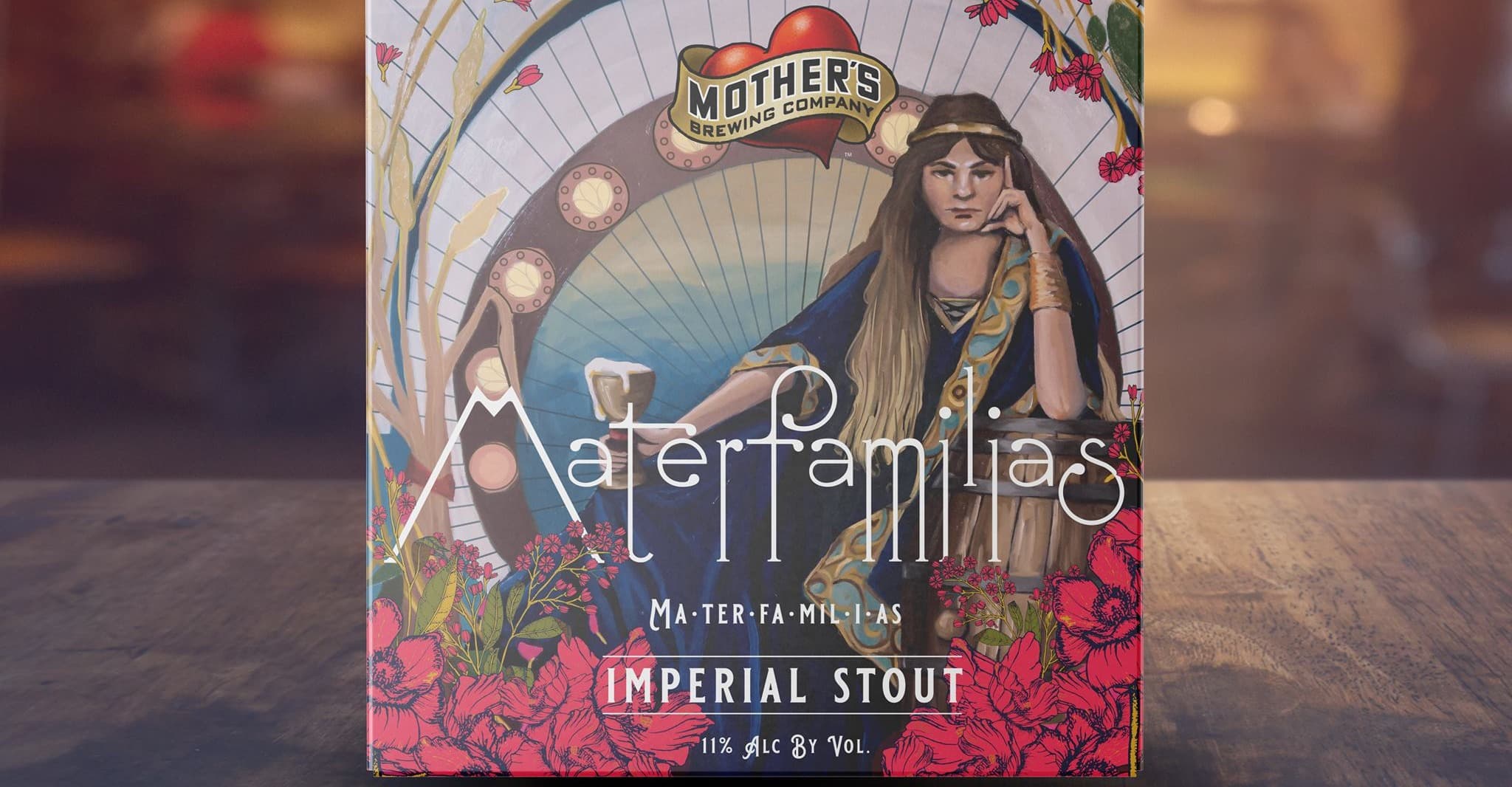
While the liquid itself will ultimately decide whether customers come back for a second pint, it’s often the style of beer and its name that first get a drinker’s attention.

Jamie Bogner welcomes you to the Brewing Industry Guide for the second quarter of 2019.
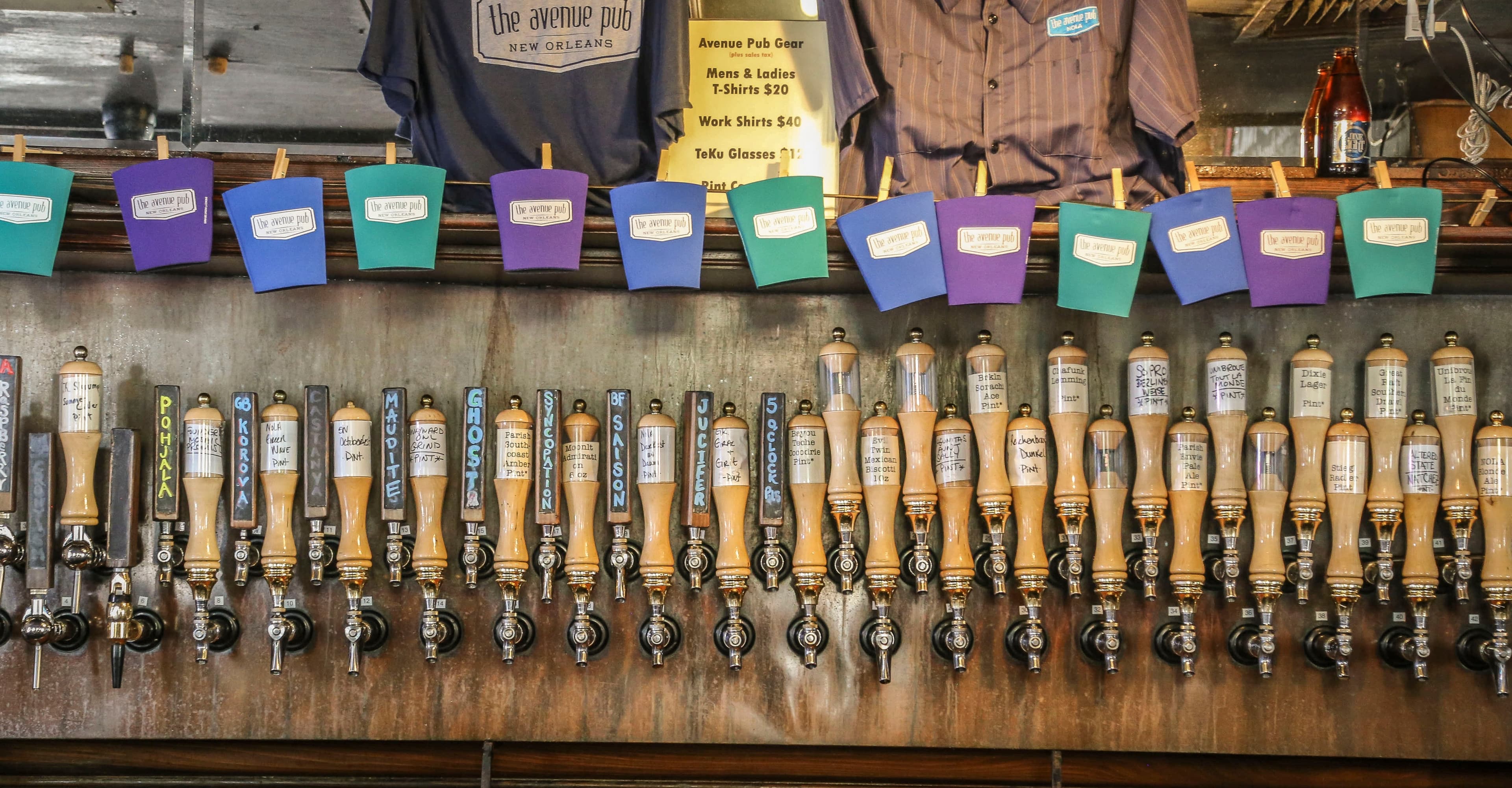
When one craft-beer bar realized that it was losing more than $175,000 on mismanaged beer, the owner turned to technology and training to help right the ship.
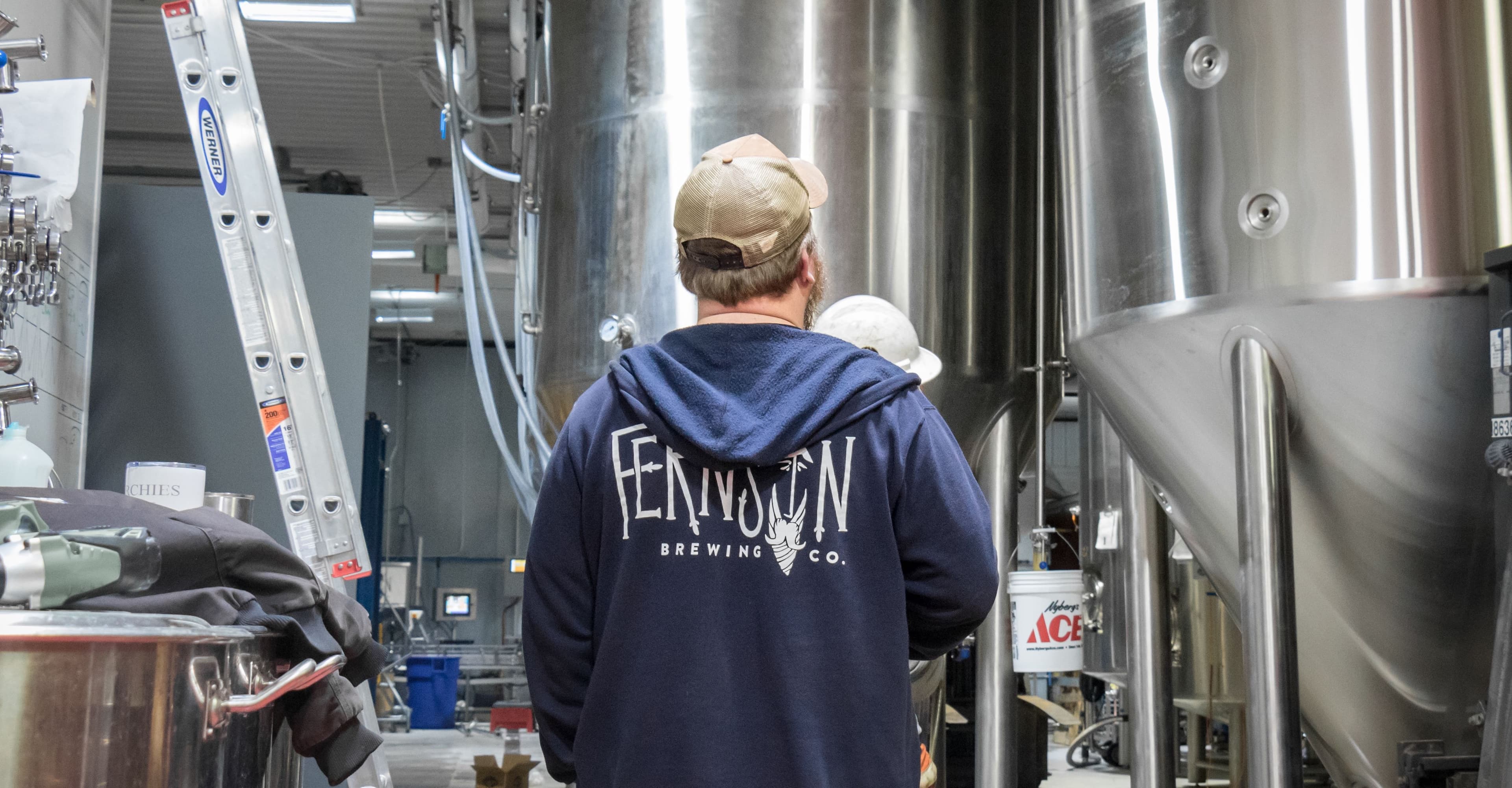
Being one of the first craft breweries in South Dakota helped Fernson Brewing Co. make inroads into the market, but it was listening to local customers and not necessarily the national trends that helped them succeed and create award-winning beers

All things considered, ESOPs present a very compelling tax-effective exit strategy that can balance the change of ownership while maintaining control, but ESOPs are not without pitfalls. Here are seven of them that you should avoid at all cost.

Nathan Sanborn of Rising Tide Brewing Co. looks back at his decade of brewing to see the future. From changes in packaging to walking the line between core beers and fads, above all else, he cares about quality and sees it as the driver of his success.

As a brewer, part of your primary education involves how to store and care for beer’s primary ingredients. But learning about how to properly house adjuncts can mean the difference between a vibrant beer and a stale one.
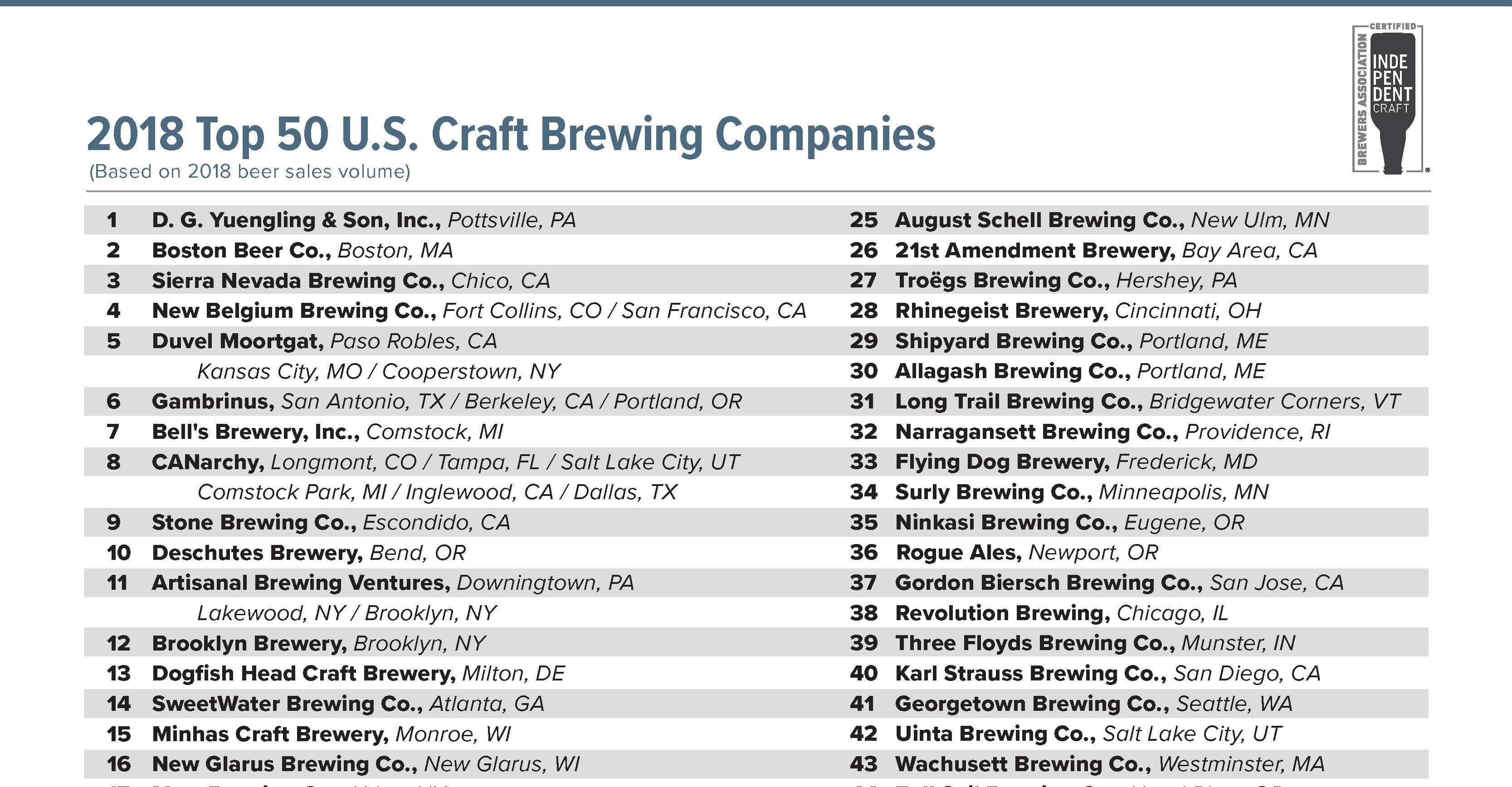
Of the top 50 overall brewing companies, 40 were small and independent craft brewing companies.

Matthew Farber, PhD, shares common reasons why beer cans fail and what you can do to prevent potentially dangerous or embarrassing packaging mishaps.
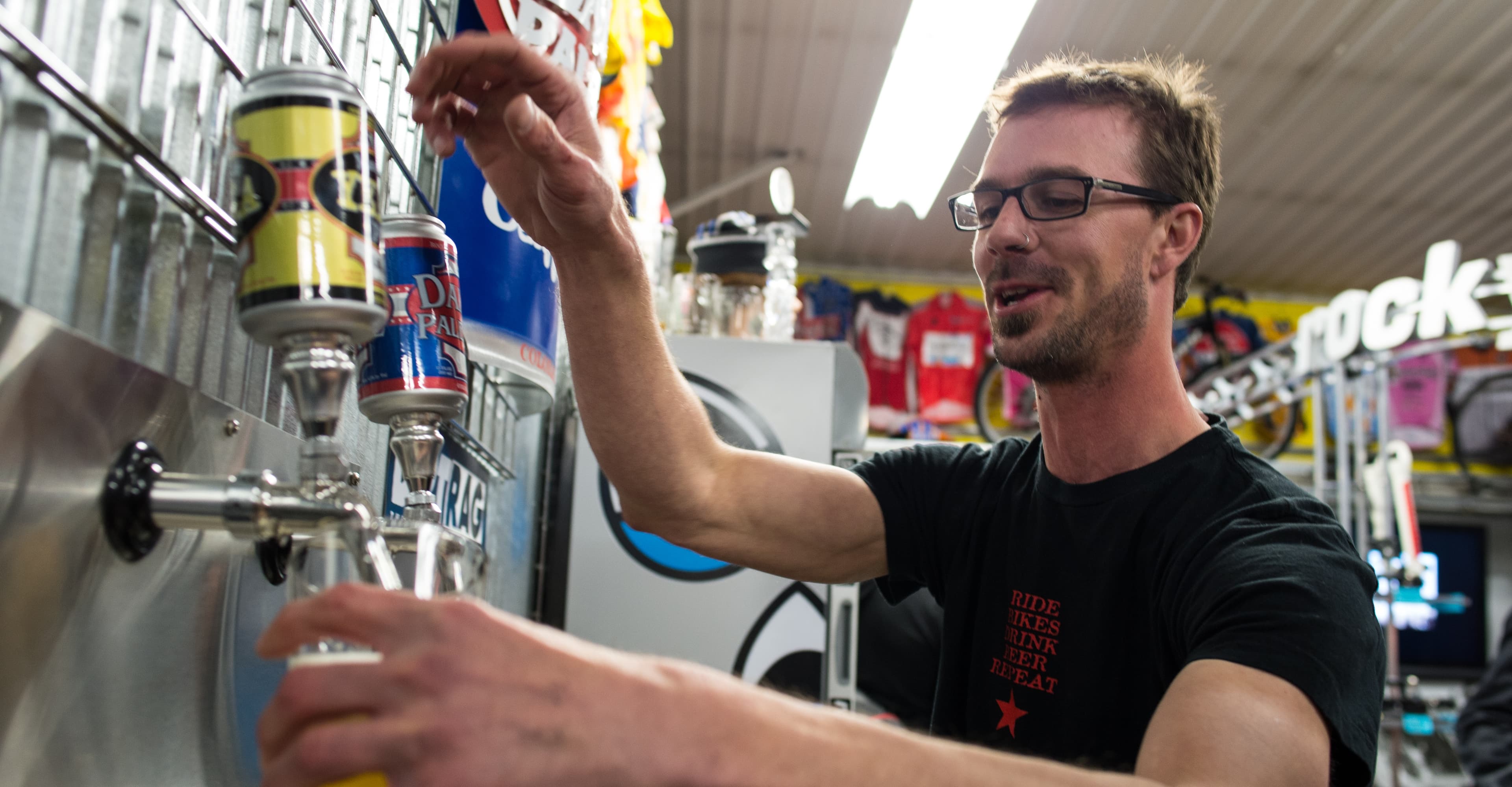
Do you want to break through the clutter and noise that exists in beer marketing today? Chad Melis offers four essential points to keep in mind as you develop your brand, connect with beer drinkers and move more beer.

To re-pitch yeast or to “pitch and ditch”—that is the question. Doing a cost analysis can help hazy IPA brewers of all sizes really think about the best yeast option to not only create a desired beer but also to keep the bottom line in the black.
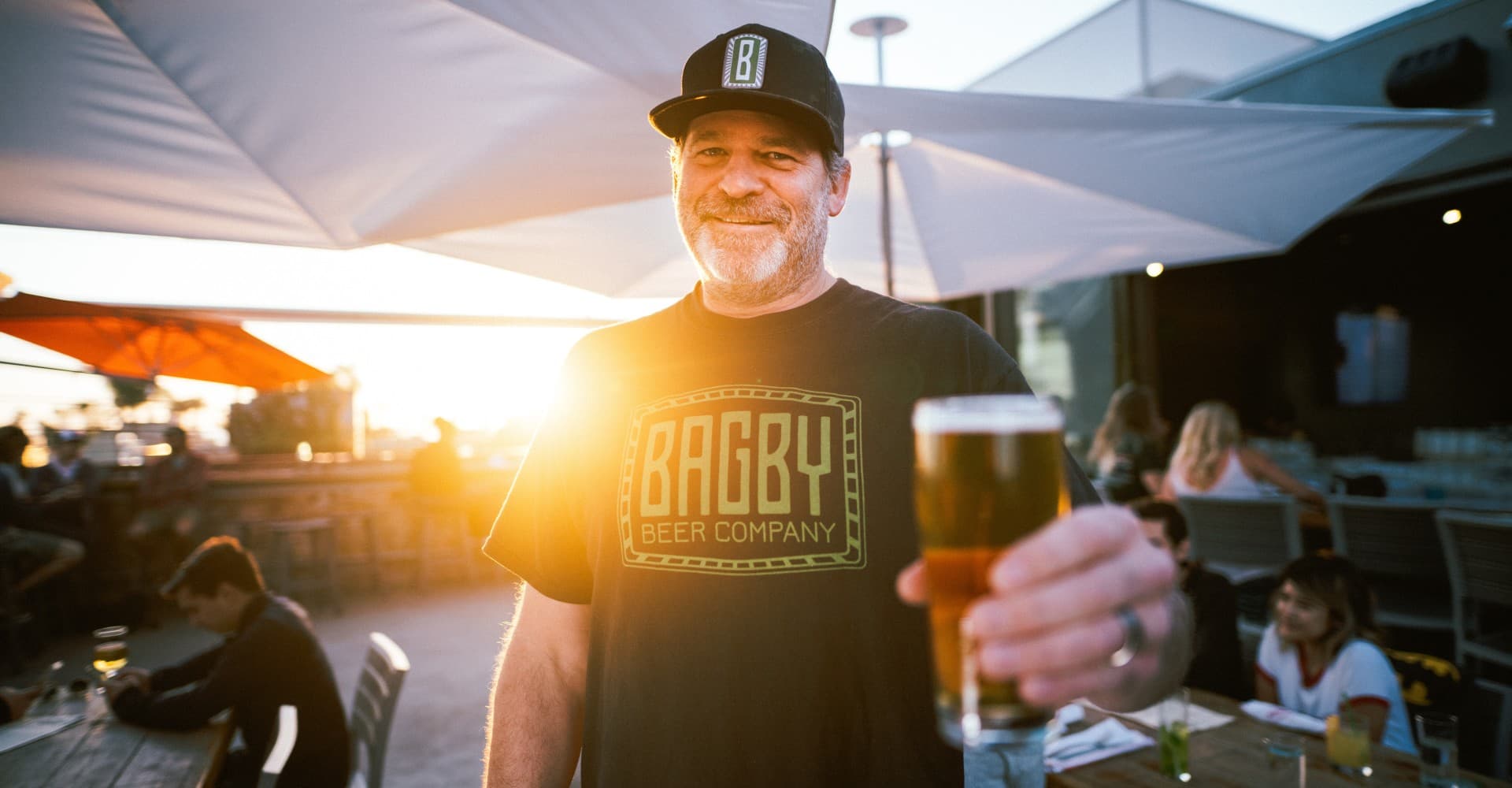
Bagby Beer Company is built on a model that might seem quaint by today’s standards. As a brewpub that focuses just as much on food and cocktails as the beer, it stands out in a crowded marketplace with a commitment to quality and beer history.
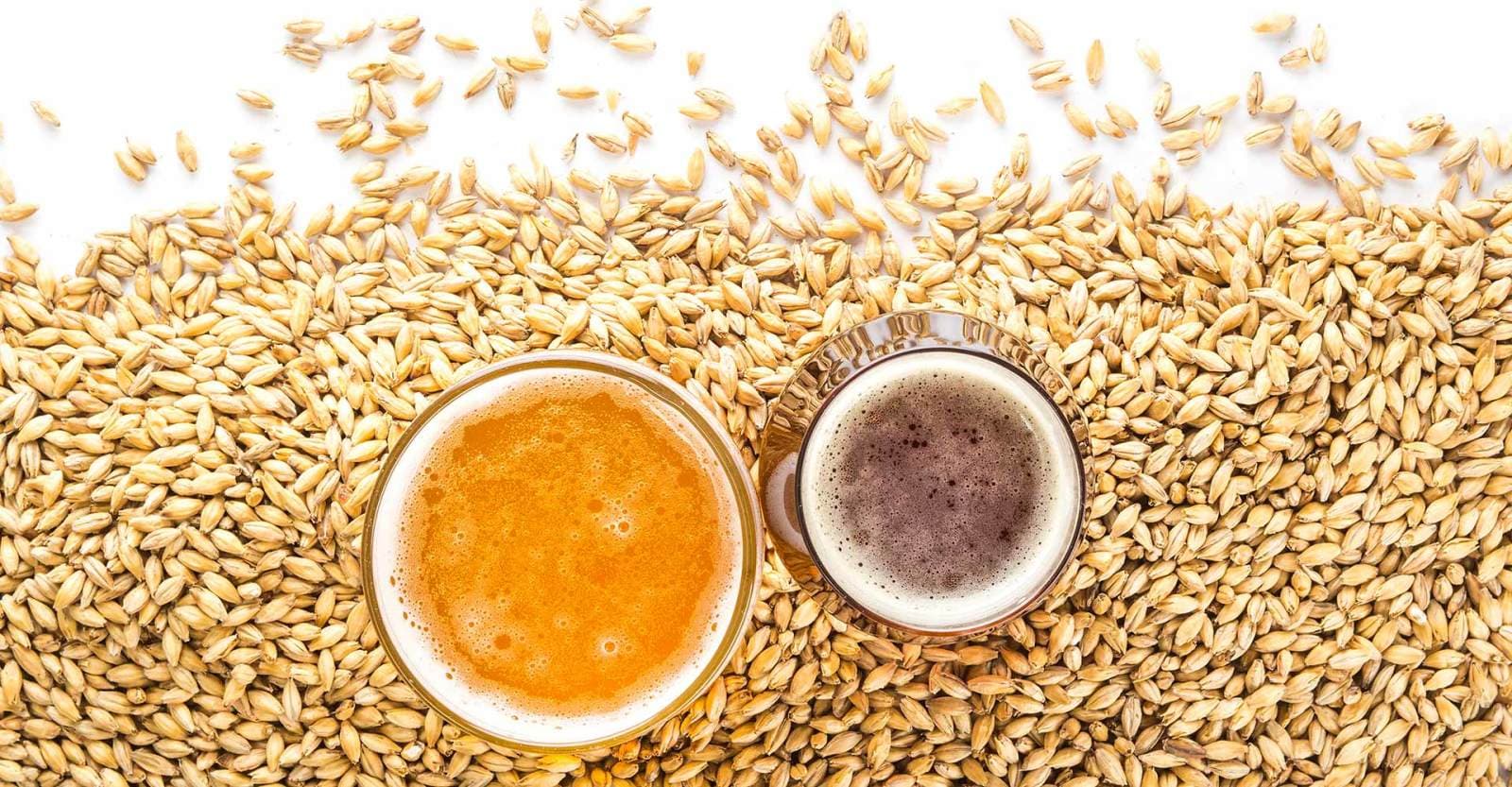
If you’re designing a malt-handling system for a new brewery or brewery upgrade, these considerations and calculations can save you time and money as you avoid costly mistakes from misunderstandings of manufacturers’ speed and volume ratings.
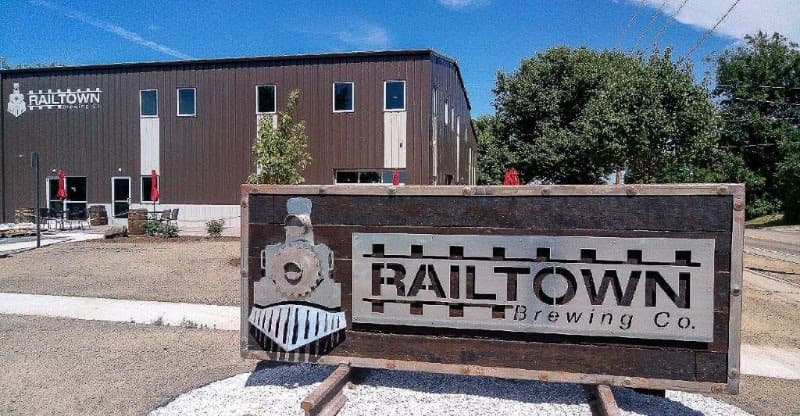
The opponent, formerly known as “Railbird Taphouse and Brewery,” has agreed to change the name of its brewpub